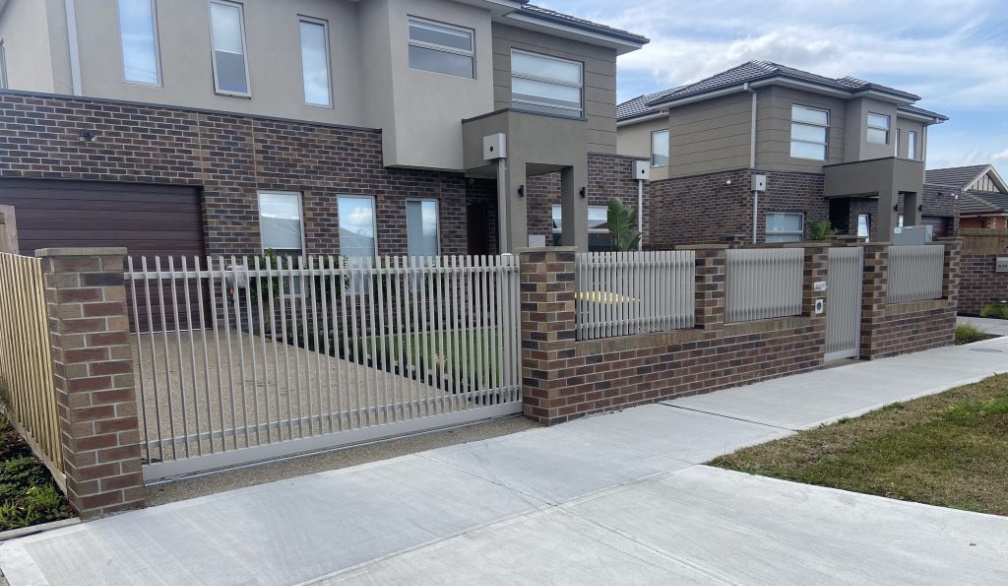Many experienced tradies don’t have formal qualifications. Could fast-tracked recognition ease the housing crisis?
- Written by Pi-Shen Seet, Professor of Entrepreneurship and Innovation, Edith Cowan University

Once again, housing affordability[1] is at the forefront of an Australian federal election.
Both major parties have put housing policies[2] at the centre of their respective campaigns. But there are still concerns[3] too little is being done to address supply.
One of the biggest hurdles[4] is an ongoing shortage of skilled tradespeople, and difficulties attracting new workers. The construction industry accounts for 9%[5] of Australia’s workforce. Yet an estimated[6] 35% of workers lack formal qualifications.
On Wednesday, Labor announced[7] an election promise to fast-track formal trade qualifications for about 6,000 experienced but unqualified tradies.
The Advanced Entry Trades Training program would start in 2026 and cost A$78 million.
This program should help address some of the skills shortages in the sector. But it will be a long time before these benefits begin flowing through the system. And Australia is still likely to fall short of the government’s ambitious new home targets.
Recognising skills we already have
The Advanced Entry Trades Training program is intended to partly bridge the gap in construction skills shortages through a process called “recognition of prior learning[8]” – and by offering free training to fill any skill gaps.
In principle, recognition of prior learning allows individuals with substantial and relevant industry experience to attain formal qualifications without lengthy training programs.
A similar approach[10] was adopted in the healthcare sector as an emergency response to the pandemic, to boost the number of qualified workers.
For the construction industry, it will encompass workers currently in the industry who have not completed an apprenticeship, as well as skilled migrants[11] in Australia whose abilities remain unverified.
This process can improve pay and conditions for participants. But it can also potentially fast-track[12] their entry into the qualified workforce, addressing immediate skills shortages.
Read more: A grab bag of campaign housing policies. But will they fix the affordability crisis beyond the election?[13]
Will it work?
Labor’s new initiative mirrors an existing program at the state level, the New South Wales government’s Trade Pathways for Experienced Workers Program.
According to Labor, this program[14] saw 1,200 students earn their qualifications in an average time of seven months (as opposed to several years).
It’s important to note this includes trades from all sectors of the NSW economy. But it is much faster than the traditional process of skill recognition. The Parkinson Review[15] of Australia’s migration system found this process can take up to 18 months for a skilled migrant and cost over $9,000.
Read more: Australia has a new National Skills Agreement. What does this mean for vocational education?[17]
Increased housing supply? Not soon
Combined with other initiatives such as incentive payments[18] for construction apprentices, the new Advanced Entry Trades Training program should help address some skills shortages in the sector.
Australia’s peak construction industry body, Master Builders Australia, praised the proposal, citing its own analysis[19] suggesting for every new qualified tradie, an extra 2.4 homes can be built.
Even with these initiatives, the sector will likely fall short of the 83,000 additional skilled tradespeople[20] needed to meet the Albanese government’s target to build 1.2 million new homes over five years.
And it may mainly solve a categorisation issue. Currently, only about 80% of employers[21] in the construction sector in Australia require all job applicants to hold a formal qualification.
Crucially, it doesn’t address the core problem of attracting higher numbers of suitable people to a very traditional industry and helping them finish their qualifications. Almost half of construction sector apprentices do not complete their training[22].
Other challenges
There are other challenges for recognition of prior learning schemes more broadly.
Research[24] into recognition of prior learning for construction sector apprentices suggests some Australian employers and training providers may be averse to fast-tracking training. About 64% of assessed apprentices had prior experience and skills, but only 30% had their training shortened.
These issues are even more complex when considering accelerated pathways for skilled migrants from a range of countries. There are some significant, well-documented[25] challenges in transferring or recognising vocational qualifications across international boundaries.
More to be done
The Advanced Entry Trades Training program may go some way to alleviating a skills shortage in construction. But it will only partially address the broader issues of supply.
Australia’s vocational education and training systems are complex, making it difficult to predict[26] the outcomes.
The proposed program does not address the problem of rising construction material costs and shortages[27]. This problem is worsened by the declining productivity of the housing construction sector[28], which has halved over the last 30 years.
Declining productivity isn’t just down to skilled labour shortages. It has also been attributed to other factors such as complex planning approvals, limited innovation, and a predominance of small firms.
References
- ^ housing affordability (theconversation.com)
- ^ housing policies (theconversation.com)
- ^ concerns (theconversation.com)
- ^ biggest hurdles (theconversation.com)
- ^ accounts for 9% (www.jobsandskills.gov.au)
- ^ estimated (vuir.vu.edu.au)
- ^ announced (alp.org.au)
- ^ recognition of prior learning (www.ncver.edu.au)
- ^ Julian Smith/AAP (photos.aap.com.au)
- ^ approach (doi.org)
- ^ skilled migrants (theconversation.com)
- ^ potentially fast-track (www.ncver.edu.au)
- ^ A grab bag of campaign housing policies. But will they fix the affordability crisis beyond the election? (theconversation.com)
- ^ this program (alp.org.au)
- ^ Parkinson Review (www.homeaffairs.gov.au)
- ^ Dean Lewins/AAP (photos.aap.com.au)
- ^ Australia has a new National Skills Agreement. What does this mean for vocational education? (theconversation.com)
- ^ incentive payments (theconversation.com)
- ^ analysis (masterbuilders.com.au)
- ^ 83,000 additional skilled tradespeople (hia.com.au)
- ^ 80% of employers (www.jobsandskills.gov.au)
- ^ do not complete their training (buildingconnection.com.au)
- ^ Dan Himbrechts/AAP (photos.aap.com.au)
- ^ Research (www.voced.edu.au)
- ^ well-documented (doi.org)
- ^ difficult to predict (www.ncver.edu.au)
- ^ rising construction material costs and shortages (www.sbs.com.au)
- ^ declining productivity of the housing construction sector (www.pc.gov.au)














